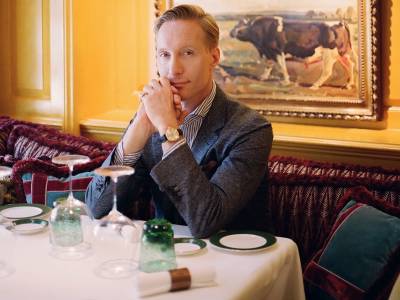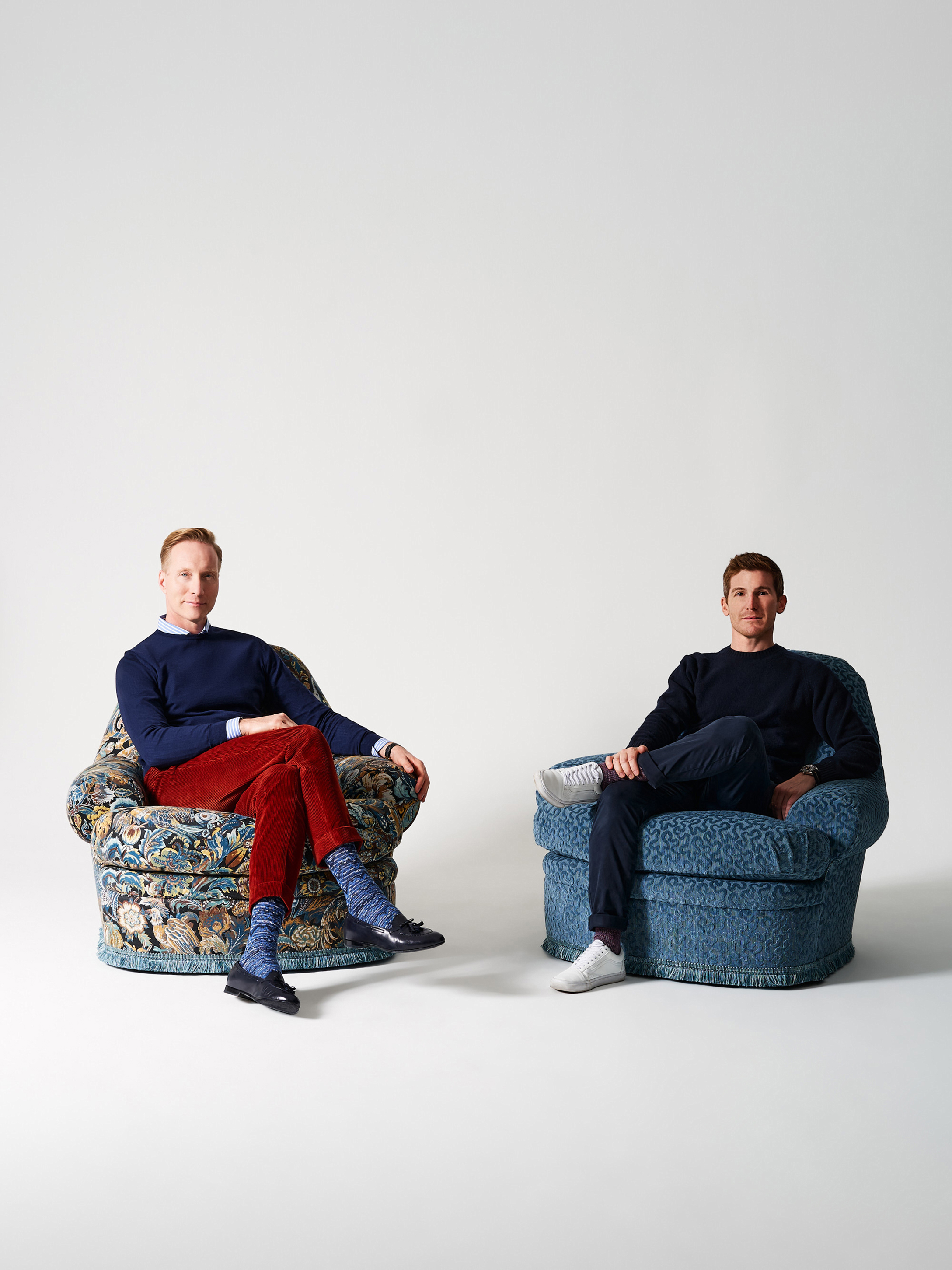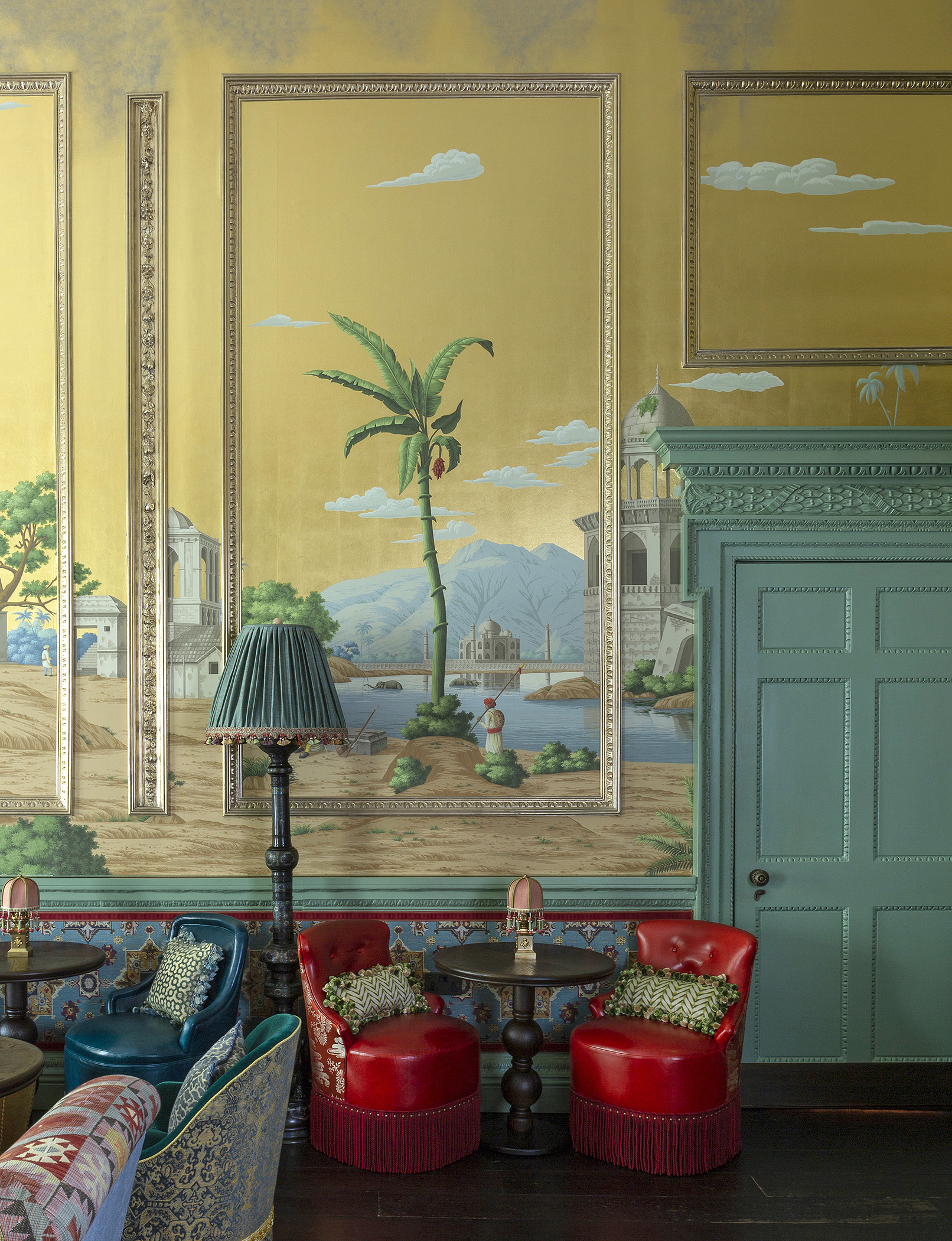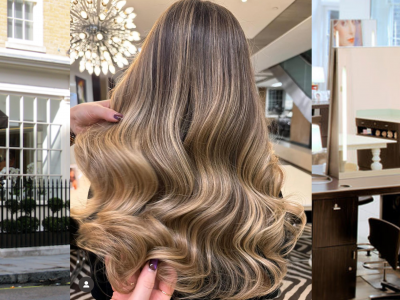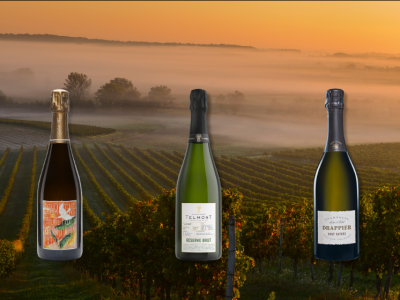If you’ve ever eaten in a London restaurant, chances are that you’ve eaten in a restaurant designed by Martin Brudnizki. Yet despite being one of the most prolific interior designers in the world, the Swedish-born founder of Martin Brudnizki Design Studio doesn’t think that his creations are easy to identify.
“You need to be very conversant with design to recognise my work,” he says. “You see it, more than anywhere, if you understand floor plans.”
This is hardly the sexiest explanation for what makes some of London’s best-looking clubs and restaurants feel so alluring. Think of the floral extravaganza of Annabel’s or the sleek glamour of Scott’s; the curated clutter of Scarfes Bar or the Scandi chic of Aquavit. Or, for that matter, any number of A-list projects from Amman to Amsterdam, Los Angeles to Hong Kong.
Nonetheless, it’s all down to the seats, Brudnizki insists — and not just the signature banquettes that curve around 45 Jermyn St or The Ivy Chelsea Garden. “It’s about creating interesting dining so that every seat is a good seat. That is what we always aim for.”
None of us has had the luxury of being seated in a restaurant recently, but we can at least be seated by Martin Brudnizki at home. The newest collection of And Objects, Brudnizki’s made-to-order furniture brand, marks the first time that he and the Studio’s former design director, Nicholas Jeanes, have created a collection without the collaboration of an outside partner.
